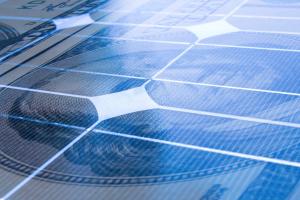Distribution utilities could become an important source of renewable funding.
Ralph Loomis is managing director of Global Renewable Solutions (GRS) LLC, which provides business and financial advisory services for renewable energy development. This article draws upon work the author performed for the Bipartisan Policy Center.
With the expiration of the Section 1603 cash grant program, tax equity likely will re-emerge as the investment vehicle of choice for renewable finance. But the tax equity market is tightening.

European banks are exiting the U.S. project finance market due to the financial crisis in Europe, and other established tax equity providers simply lack sufficient tax capacity to pick up the slack. Many within the renewable development community are looking for alternative structures, and alternative sources of funding. Domestic technology companies, large industrials, and utilities are frequently cited as promising new sources of tax equity supply, and a number of these companies have actually availed themselves of the opportunity. Google, for example, has invested almost $850 million in clean energy, mostly in the form of tax equity investments in projects such as the Shepherds Flat wind farm in Oregon. Several utility holding companies have likewise made tax equity investments in distributed solar through unregulated affiliates.1

